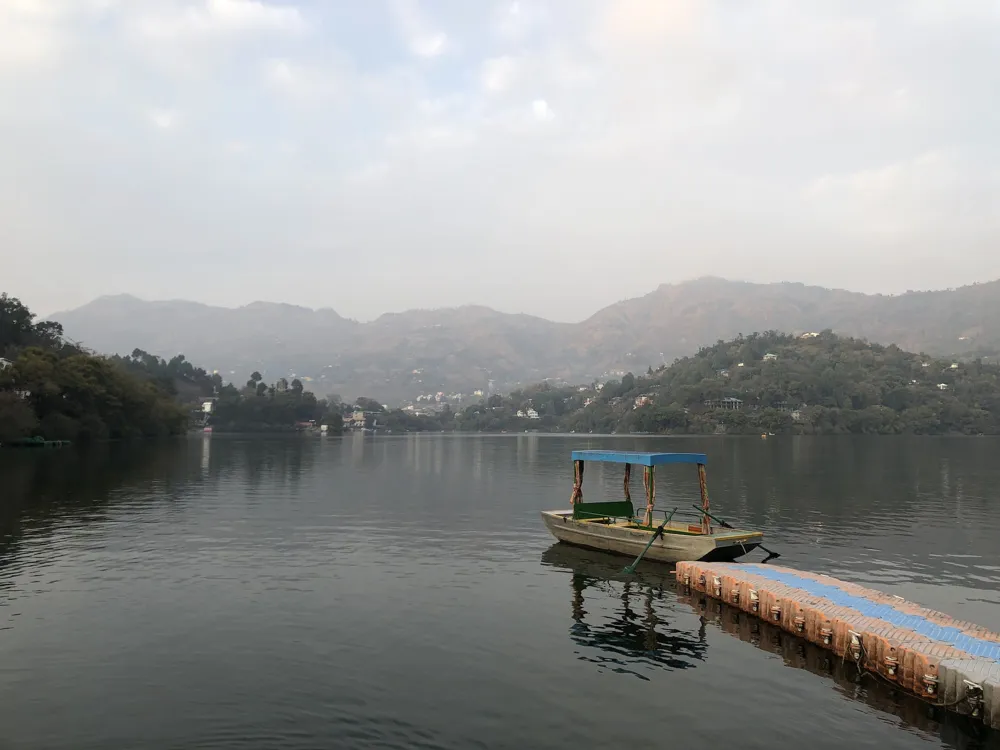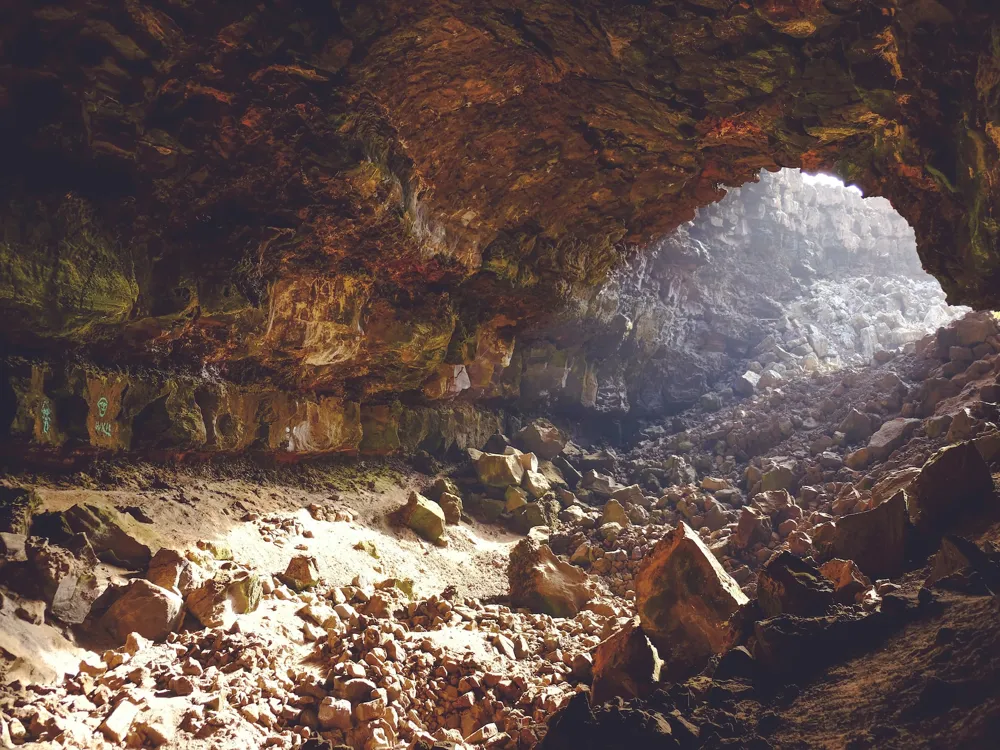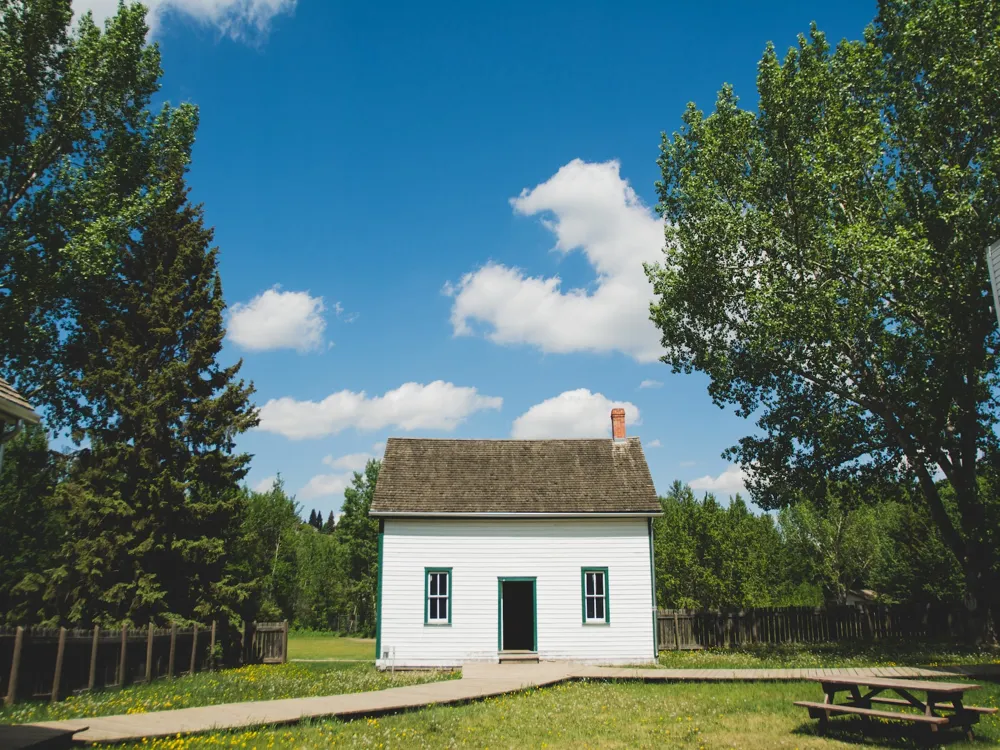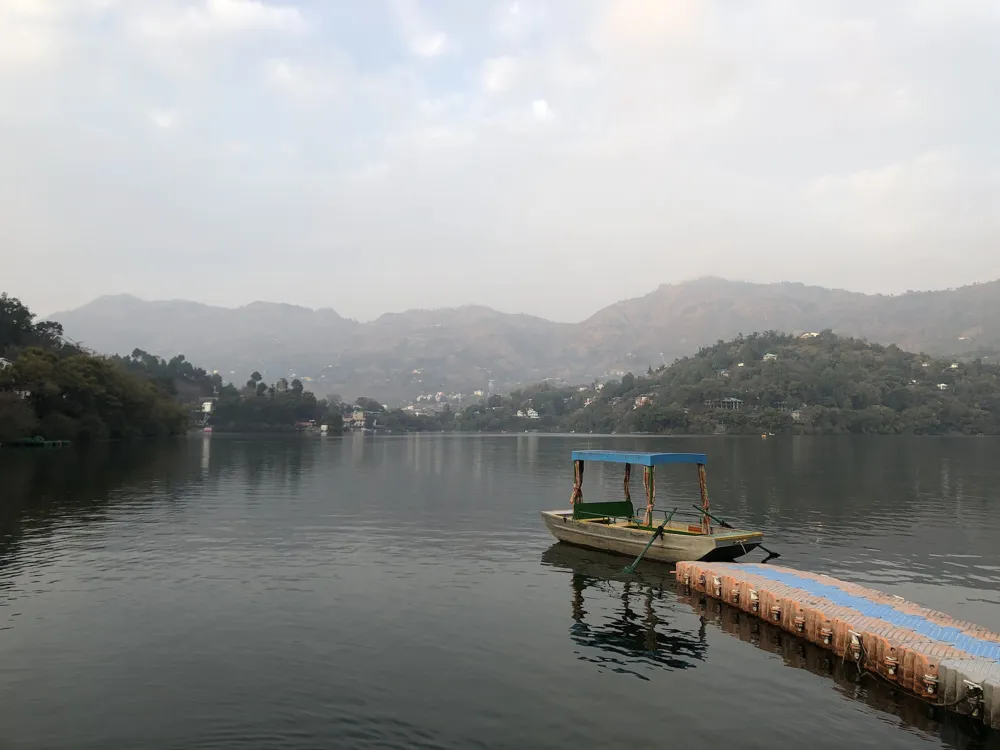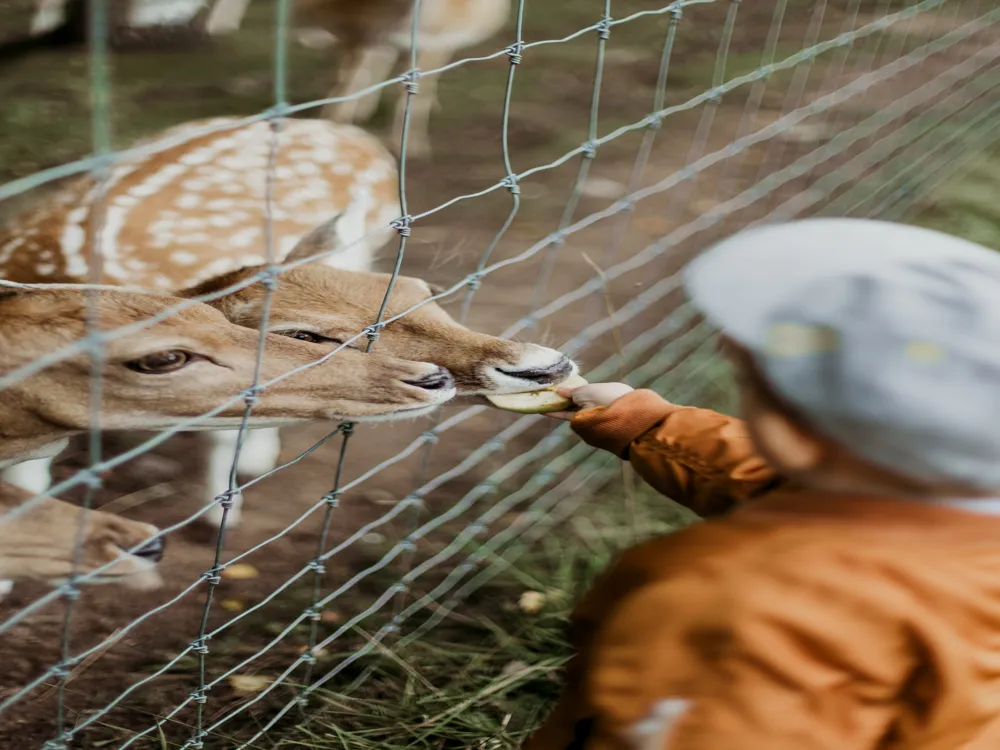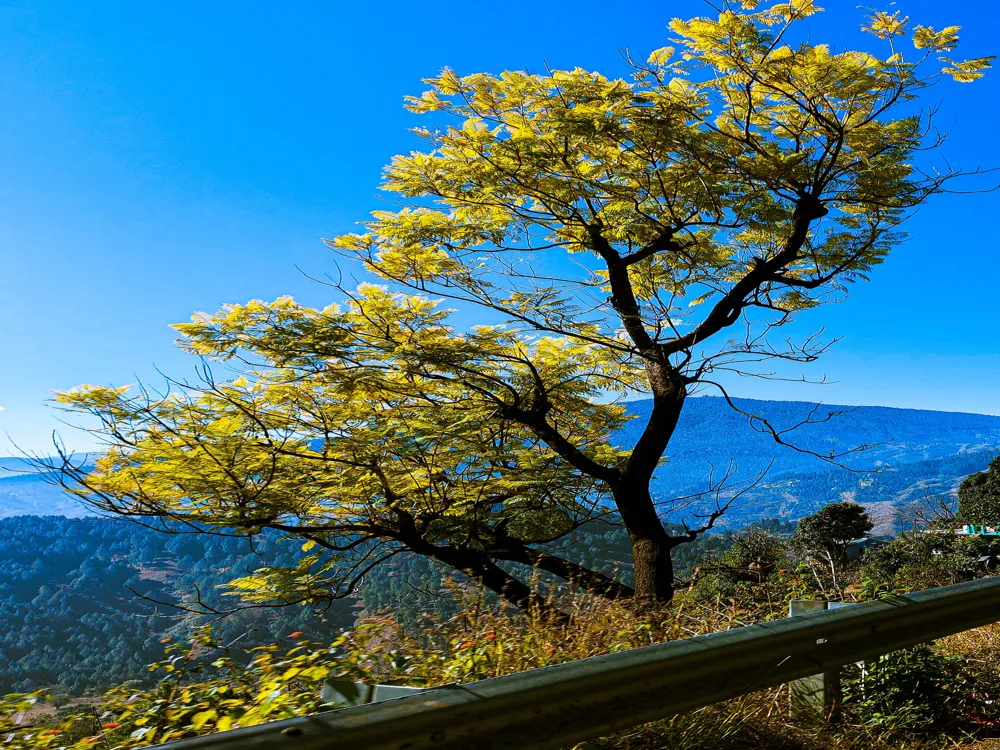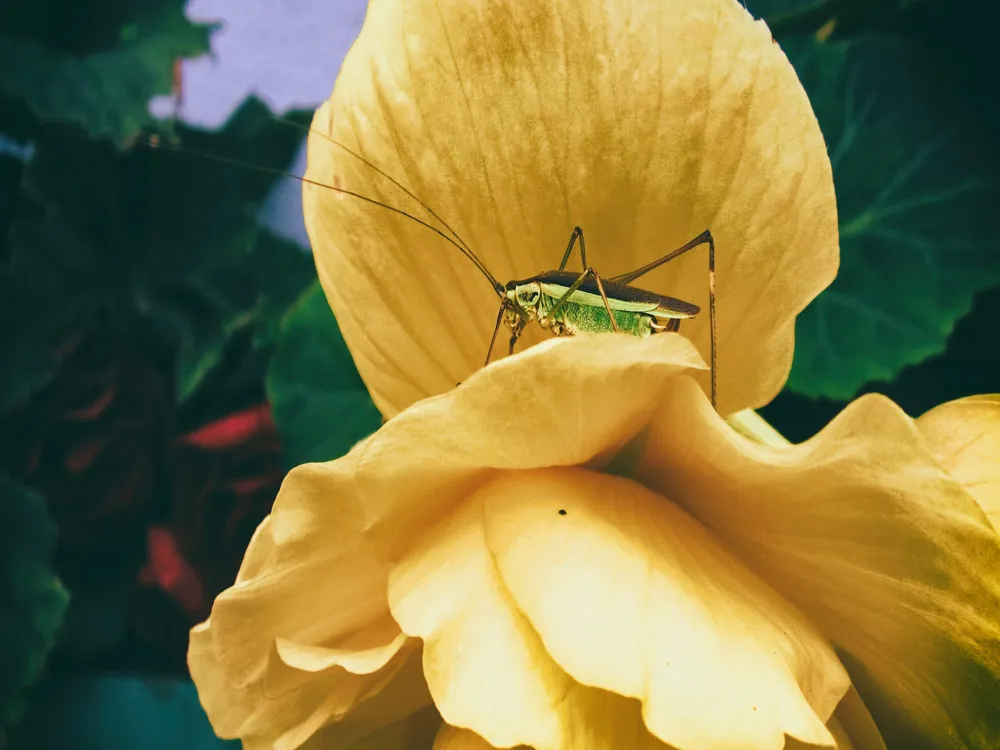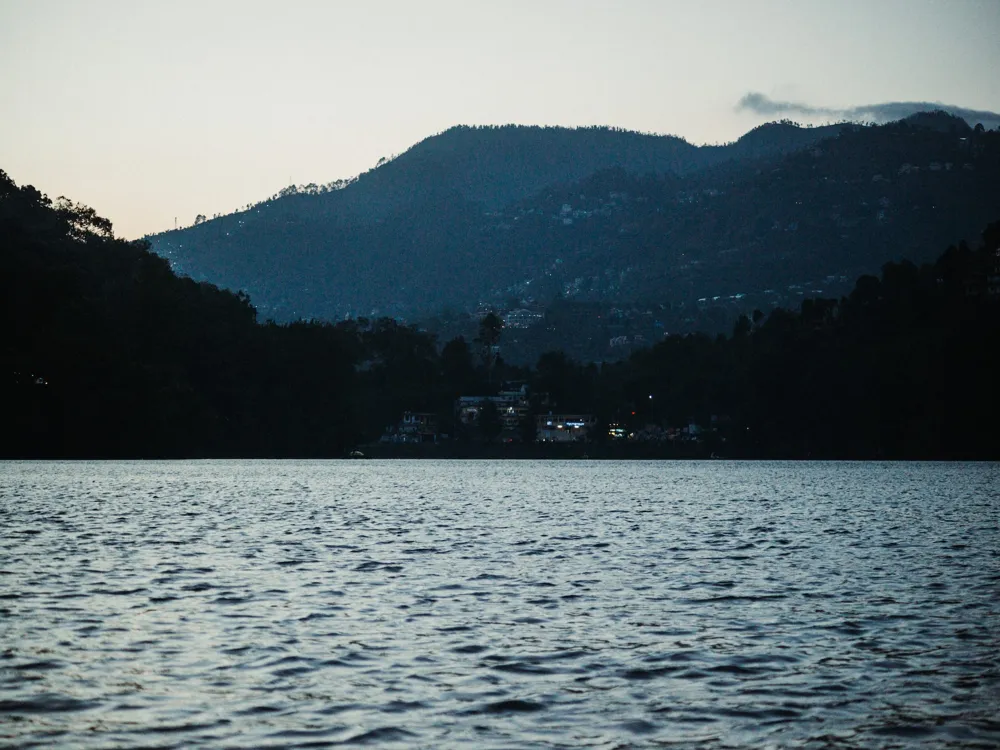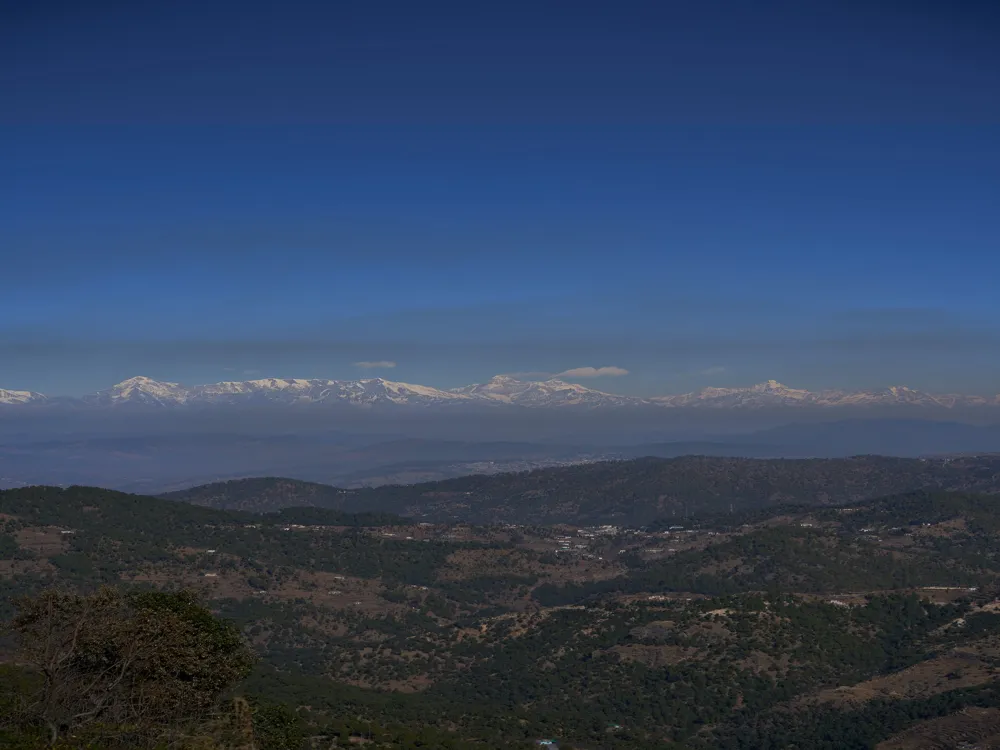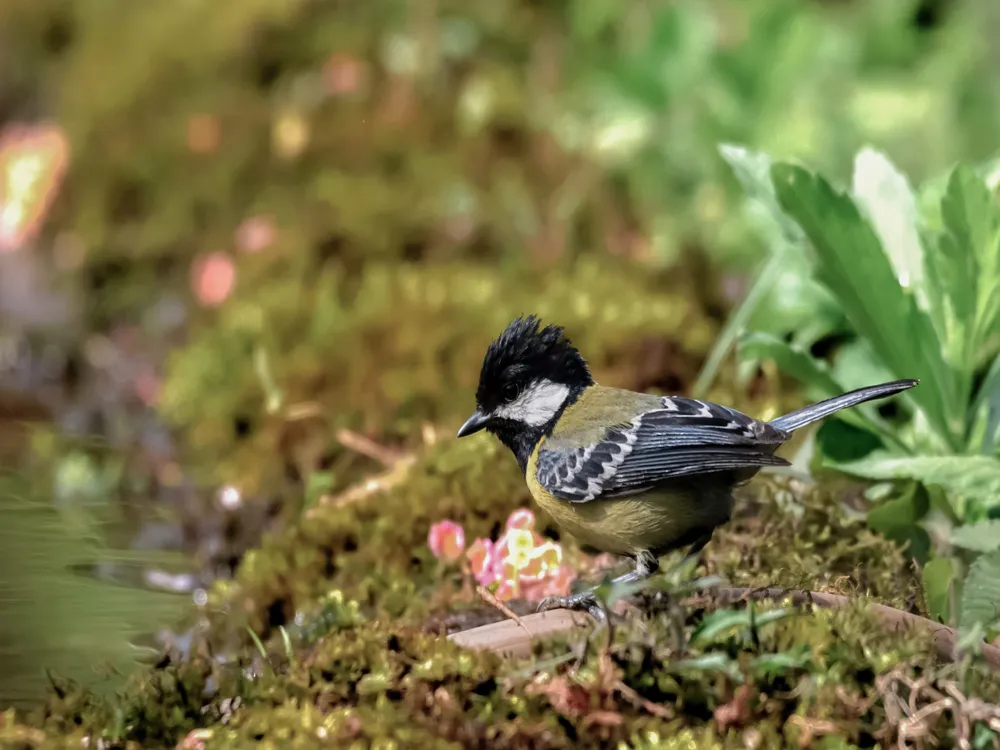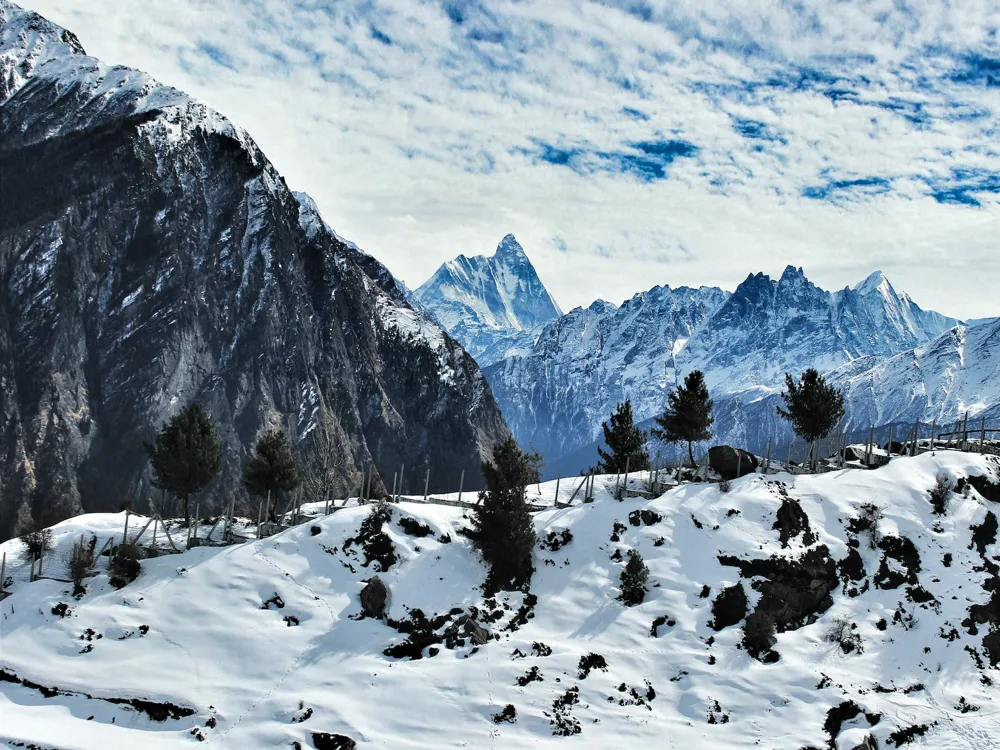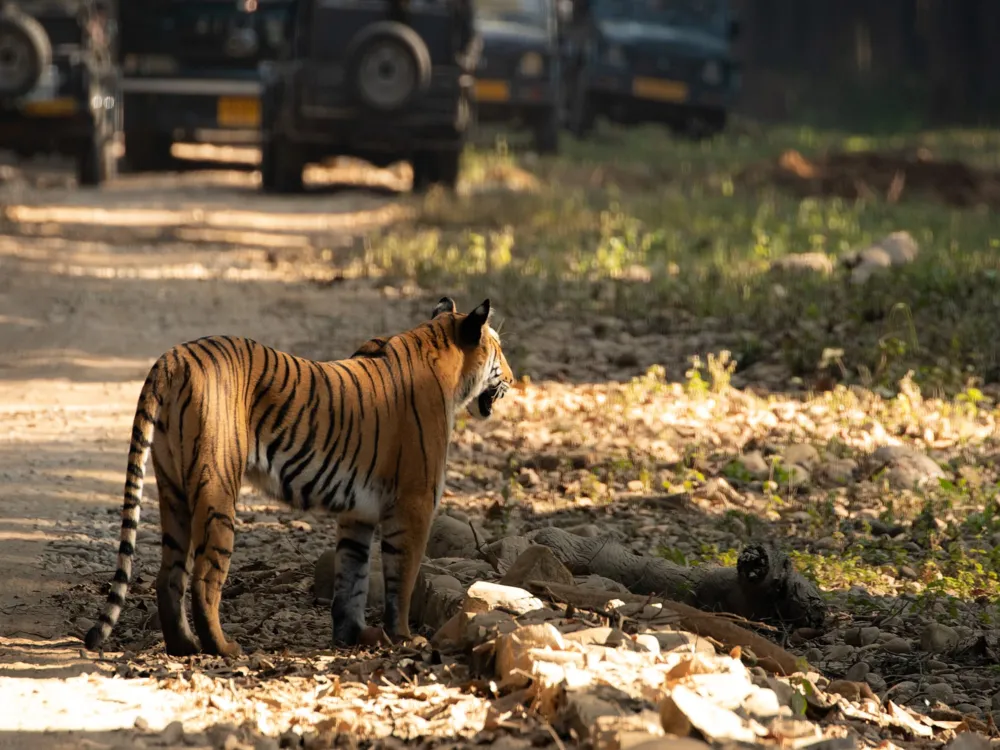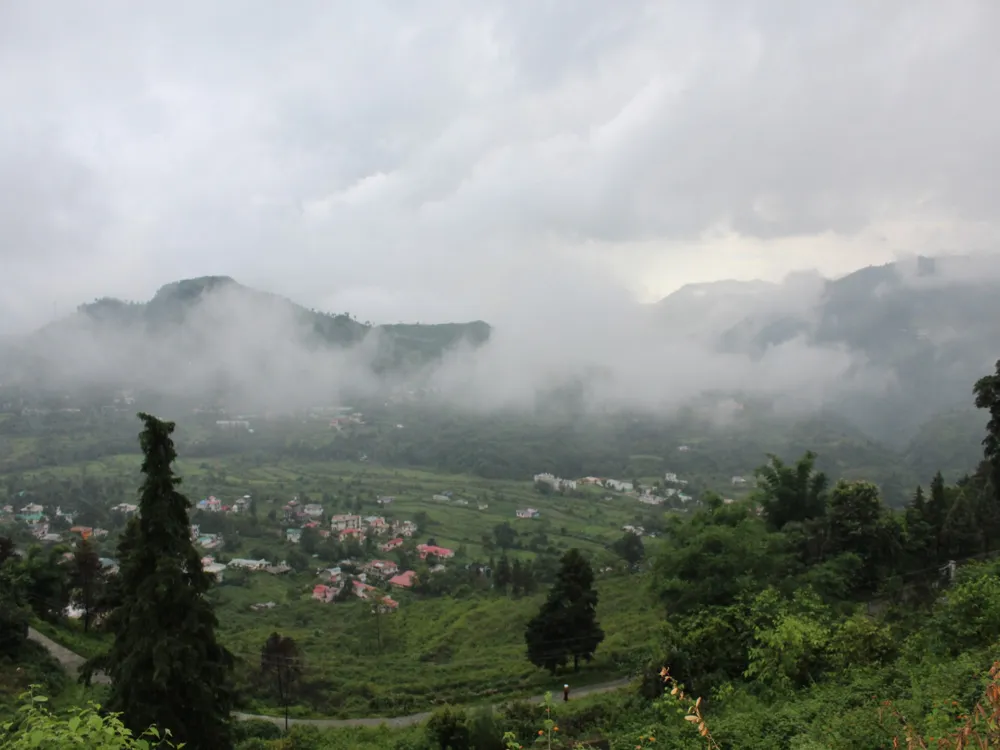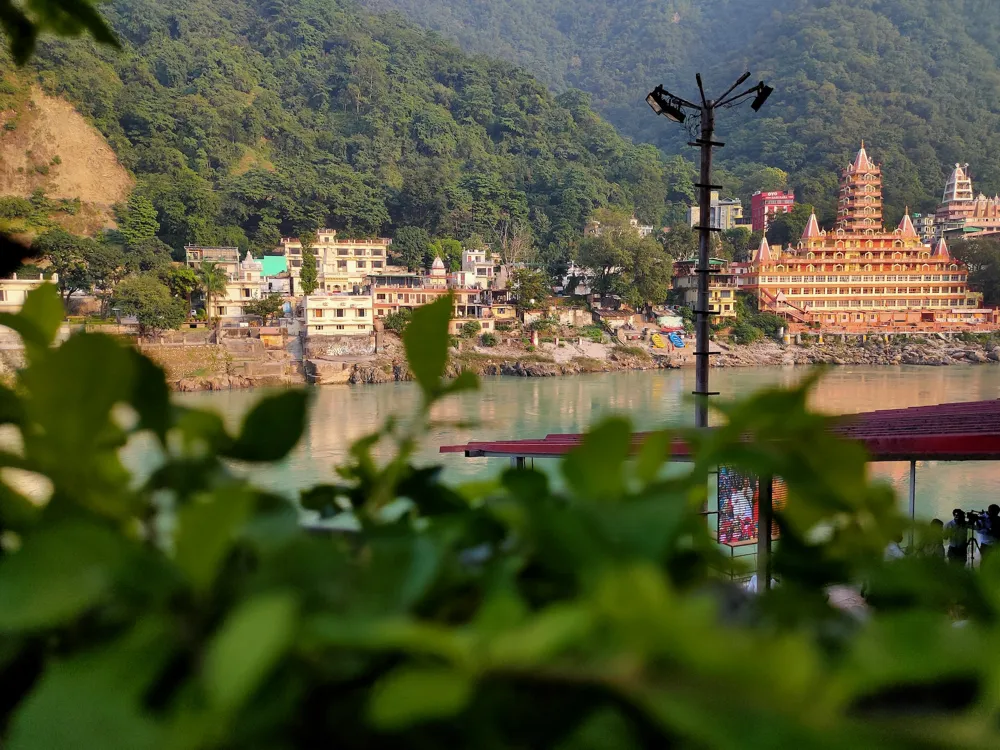Nestled in the serene Kumaon Hills of Uttarakhand, Peora is a picturesque village that epitomizes the untouched beauty of the Himalayan foothills. Known for its panoramic views and tranquil ambiance, Peora lies in the Nainital district, a region celebrated for its lush landscapes and rich cultural heritage. This idyllic hamlet is not just a retreat for nature lovers but also a haven for those seeking a respite from the hustle and bustle of city life.
The village's history dates back several centuries and is steeped in the traditions and folklore of the Kumaon region. The community here is a tight-knit group, predominantly composed of people from the Kumaoni ethnic group. Their customs, language, and daily activities offer a unique glimpse into the rural life of northern India. The economy of Peora primarily revolves around agriculture, with many locals engaged in farming and fruit orcharding. Apples, peaches, plums, and apricots are some of the popular produce from this region.
The natural landscape of Peora is its most captivating feature. Surrounded by dense forests of pine and oak, the village opens up to spellbinding views of the majestic Himalayas. The undulating terrains, rich in flora and fauna, make it an ideal spot for birdwatchers and wildlife enthusiasts. The region's biodiversity includes a variety of birds, leopards, deer, and numerous species of butterflies and insects.
Peora also serves as a base for various treks and nature walks, leading to hidden waterfalls, secluded valleys, and ancient temples. The village's strategic location allows easy access to popular tourist destinations like Almora, Mukteshwar, and the larger Nainital area, making it a perfect spot for those looking to explore the Kumaon region's beauty.
The architecture of Peora is a remarkable blend of traditional Kumaoni styles and colonial influences, reflecting the region's historical layers. The most striking aspect of Peora's architecture is the indigenous Kumaoni houses. These structures are built using locally sourced materials like stone, wood, and mud, demonstrating an intrinsic connection with the natural surroundings. The houses are typically two-storied, with the ground floor used as cattle sheds or storage spaces, and the upper levels serving as living quarters.
A distinct feature of these traditional homes is the intricately carved wooden doors and windows, often adorned with floral and geometric patterns. The roofs are made of slate tiles, a practical choice considering the heavy monsoon rains and occasional snowfall. The use of wood in the construction is not just for aesthetic purposes but also for its earthquake-resistant properties, a necessary consideration in this seismic-prone region.
With the British colonial influence in the 19th and early 20th centuries, Peora saw the introduction of bungalows and cottages built in the colonial style. These structures often feature gabled roofs, large verandas, and spacious rooms with high ceilings. The fusion of Kumaoni and colonial architectural elements creates a unique landscape that adds to the charm of this quaint village.
In recent times, there has been a conscious effort to preserve the traditional architecture, even as modern amenities are being introduced. Eco-friendly practices and sustainability are key considerations in new constructions, ensuring that development does not disrupt the region's ecological balance.
The ideal time to visit Peora is between March to June and September to November. During these months, the weather is pleasant, with clear skies and a comfortable temperature range, perfect for outdoor activities.
Peora offers a range of accommodations, from homestays and guesthouses to eco-friendly resorts. Booking in advance is advisable, especially during peak tourist seasons.
Don't miss out on trying the local Kumaoni cuisine, which is both nutritious and flavorful. Dishes like Bhatt ki Churkani, Aloo Ke Gutke, and Madua Roti are some of the must-try delicacies.
As a visitor, it's important to respect the local culture and environment. Avoid littering, be mindful of the wildlife, and engage with the local community responsibly.
While in Peora, take the opportunity to explore the nearby attractions. Plan day trips to Almora, Mukteshwar, or even the Jim Corbett National Park for a diverse experience.
Peora is well-connected by road to major cities in Uttarakhand and northern India. The nearest railway station is Kathgodam, about 70 kilometers away, and the closest airport is at Pantnagar, approximately 110 kilometers from Peora. Taxis and buses are readily available from these points to reach the village.
For those driving from Delhi, the journey to Peora takes around 8-9 hours, covering a distance of about 350 kilometers. The roads are well-maintained, making it a scenic and enjoyable drive.
Overview of Peora in Nainital, Uttarakhand
Architecture of Peora
Tips When Visiting Peora
Best Time to Visit
Accommodations
Local Cuisine
Responsible Tourism
Exploring the Surroundings
How To Reach Peora
Peora
Nainital
Uttarakhand
₹ 4,500 onwards
View nainital Packages
Weather :
Tags : Hills & Valleys
Timings : 24 hrs
Time Required : 2 - 3 hrs
Entry Fee : No Entry Fee
Planning a Trip? Ask Your Question
Nainital Travel Packages
View All Packages For Nainital
Top Hotel Collections for Nainital

Private Pool

Luxury Hotels

5-Star Hotels

Pet Friendly
Top Hotels Near Nainital
Other Top Ranking Places In Nainital
View All Places To Visit In nainital
View nainital Packages
Weather :
Tags : Hills & Valleys
Timings : 24 hrs
Time Required : 2 - 3 hrs
Entry Fee : No Entry Fee
Planning a Trip? Ask Your Question
Nainital Travel Packages
View All Packages For Nainital
Top Hotel Collections for Nainital

Private Pool

Luxury Hotels

5-Star Hotels

Pet Friendly







